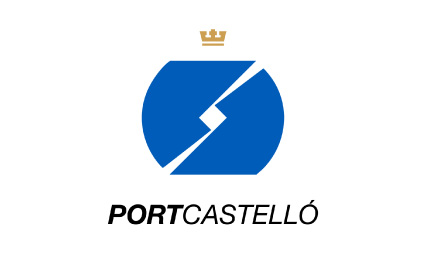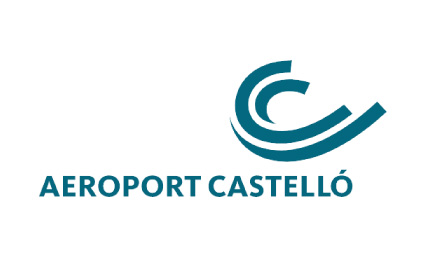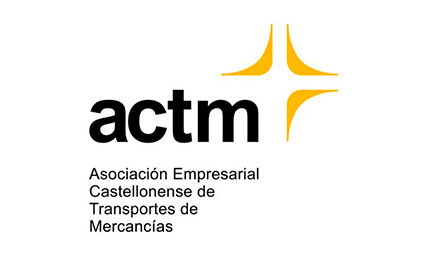Transport
Versatility at the service of competitiveness
The transformation undergone by the provincial economy in recent decades has been reflected in a particularly significant way in the evolution of the transport sector. Demographic growth and the needs of companies in Castellón have driven the boom and consolidation of businesses in the sector and, at the same time, have strengthened the role of key infrastructures such as the Port of Castellón,which has experienced a significant boost, while issues such as the completion of the Mediterranean rail corridor are still pending.
This growth is most noticeable on the roads, where industrial vehicle traffic is now heavier, and the growth of the vehicle fleet coincides with the periods of the ceramic cluster’s greatest prosperity. It is no coincidence that, in its wake, there have been gradual improvements in the road network,including important and long-awaited advances such as the motorway access to the Port or the N-340 diversion projects on the northern coast of the province,as well as the new route of the road that crosses the Port of Querol in Els Ports.
Staggered growth of industrial and commercial activities
This sector, which, in essence, has been reinforced by the impact of the pandemic, also offers comprehensive logistics proposals in terms of freight forwarding and consignment companies, as a multimodal approach in line with the demands of clients.
450,000 vehicles
For a population of 570,000 inhabitants
39,000 lorries
33,000 vans
PortCastelló, in full growth
In terms of the maritime sector, PortCastelló is definitely facing one of the most promising stages in its centenary history. The Port contributed decisively to the progress of Castellón in the first few decades of the 20th century. Now, in the 21st century, it has become at once a witness and accomplice to the evolution of the provincial economy, with the Ceramics Wharf and the South Dock as the keystones of its progression. In the absence of an optimal rail connection, for which the intermodal station to the south of the port and next to the Serrallo industrial estate is already planned, PortCastelló has proven itself to be able to become a fully competitive ally at the service of companies from Castellón, and this is thanks to its unstoppable progress in recent years.Although limited by its size, it has an unequivocal and sustained ambition over time, which is also reflected in initiatives such as the railway connection between the southern dock and the northern quays.
Exponential growth of goods
In recent years, PortCastelló has maintained a growth rate that has doubled the average for the Spanish port system in terms of freight traffic:
9th position in tonnes handled
Port of the ceramics cluster
40% of the port’s traffic
PortCastelló’s strategic guidelines
The outlook for the immediate future is set out in the 2020-2024 Strategic Plan, in which the Port outlines its initiatives based on five strategic lines:
Blue growth
Based on innovation and respect for the environment and focused on people
Diversified development
Generating wealth in the surrounding area and extending the area of influence
Social impact
Improving coexistence with the capital city and the province as a whole
Competitiveness
Key axis for clients and users, in search of a balance among efficiency, effectiveness, price and sustainability
Advanced management
Supports the rest of the strategic lines by promoting speed and digitalisation
The airport, reality and potential
The last decade has seen an important qualitative leap in terms of transport infrastructures with the Castellón-Costa Azahar airport’s entry into service, which has led to the opening of international air connections (London, Vienna and Budapest, among others) and which in 2017, exceeded 144,000 passengers,leaving behind its first launch phase.
In a highly competitive scenario, this infrastructure is consolidating its position on the Spanish airport map, in constant negotiation with different airlines to attract new connections.
Moreover, also related to the airport, the first steps have been taken towards a business hub promoted by the public company Aerocas, with the development of the so-called Complementary Activities Zone (ZAC), where they plan to locate companies related to aeronautics and logistics,as well as other types of industrial and economic activities. This is part of its diversification strategy, which includes aircraft parking, maintenance and dismantling activities. The airport is gradually becoming an increasingly important infrastructure for the economic revitalisation of the Castellón region.


